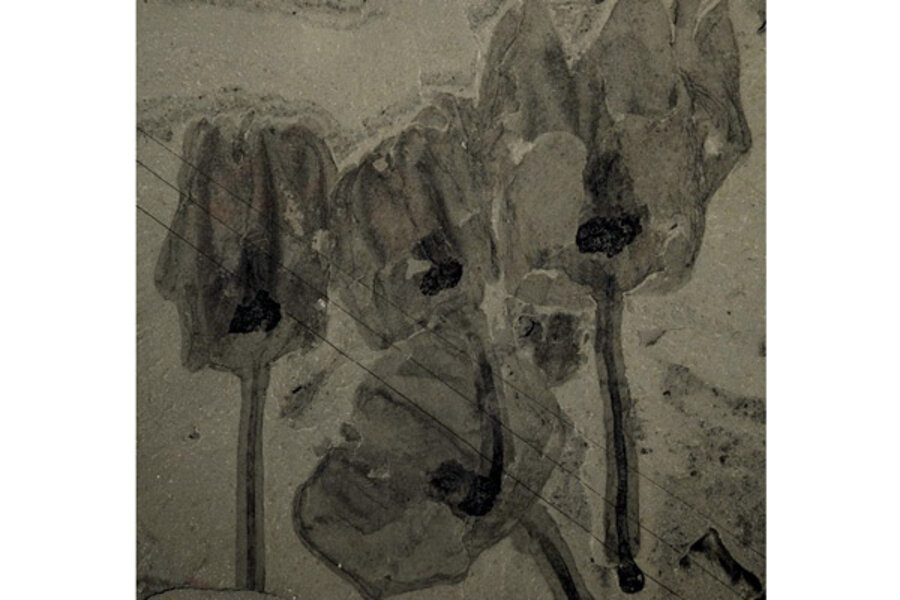Ancient tulip-like creature had bizarre gut
Loading...
A weird tulip-shaped creature discovered fossilized in 500-million-year-old rocks had a feeding system like no other known animal, researchers reported today (Jan. 18).
The animal was a filter feeder, with a tulip-shaped body and a stem that anchored it to the seafloor. Named Siphusauctum gregarium, the creature was about the length of a dinner knife at 8 inches (20 cm) and had a bulbous structure that contained its feeding system and gut.
The fossil was discovered in a rock layer called the Burgess Shale in the Canadian Rockies.
"Most interesting is that this feeding system appears to be unique among animals," study researcher Lorna O'Brien, a doctoral candidate at the University of Toronto, said in a statement. "Recent advances have linked many bizarre Burgess Shale animals as primitive members of many animal groups that are found today, but Siphusauctum defies this trend. We do not know where it fits in relation to other organisms."
Siphusauctum lived in gardenlike clusters on the seafloor, with some fossil slabs containing the remains of more than 65 individuals. Researchers have discovered more than 1,100 individual specimens, earning the fossil area the nickname "the tulip beds."
You can follow LiveScience senior writer Stephanie Pappas on Twitter @sipappas. Follow LiveScience for the latest in science news and discoveries on Twitter @livescience and on Facebook.







